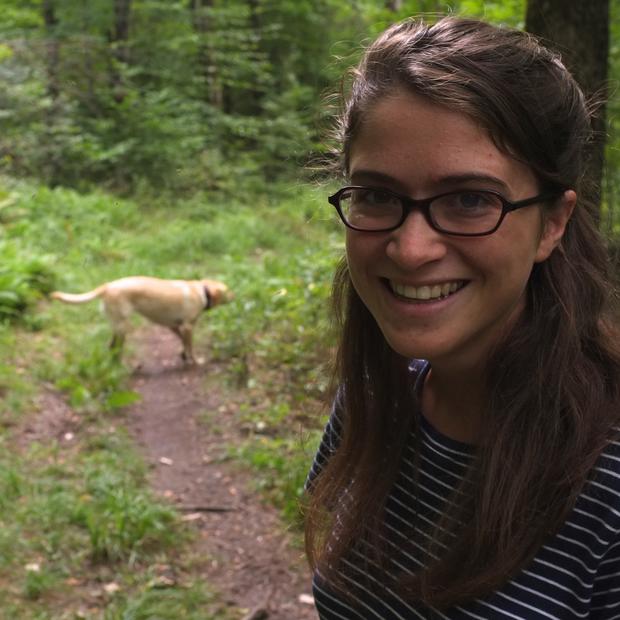This story originally appeared in the Aug. 3, 2015, issue of High Country News.
When Bob Johnson, wildfire division manager for the Washington Department of Natural Resources, thinks about past fire seasons, he does so with a certain amount of nostalgia. There were some things that used to be true, he knows, that aren’t anymore — when and where the big fires burn, for example. He used to think of the wet Washington coastal forests as “asbestos forests,” where fire rarely, if ever, gets going. And the winter and early spring months used to be quiet and mostly fire-free, a time for him to catch his breath, talk to his staff and plan for the coming infernos of summer.
But in recent years, he’s had to reconsider: Fire risk is now a reality on the coast, and his teams had already responded to almost a hundred fires by the first week of May this year. He’d had to deploy helicopters to a fire on April 8, the earliest he could remember in 33 years.
“There is no true off-season anymore,” Johnson says.
Wildfire managers from California to Colorado are starting to feel the same way. As the changing climate has disrupted the typical seasonal weather patterns, they’ve had to grapple with how that disrupts the human systems we’ve developed to respond. The fire season is longer, and the winter months are no longer immune. In response, fire agencies are beginning to consider what it will take to deal with it, both now and in the future, in terms of manpower and money.
Firefighting generally used to follow a semi-regular pattern: During the summer, the vast majority of wildfires were tackled by seasonal firefighters, typically college students. By fall, most of them would have returned to school, and fire agency staffing would be reduced to bare bones. There’d be a lull during the winter, as fire risk dropped close to zero and fire managers took a breather. Then, as spring began, the planning and hiring stages kicked off, and by summer, firefighters were back in the field.
Today, that routine is shifting. Some of the shifts are logistical: putting firefighters up in hotels, rather than tents, to stay warm when they’re fighting winter wildfires, and recruiting nearby restaurants or vendors to feed emergency responders when the usual food service providers are off for the season. But many of the shifts require re-examining who to hire and when, what resources to keep around — and how to pay for it all.
Take Larimer County in northeast Colorado, home to roughly 300,000 people and, these days, at least a few “off season” fires. When a few of those wildfires got out of hand in the mid-2000s and early 2010s, the county’s fire team realized they needed some sort of plan to respond.
“It’s started coming up more and more,” Bill Nelson, the undersheriff who oversees the firefighting program, says.
When fires broke out in November or December, it would be a mad scramble to find enough people. Nelson would call everyone he knew, anyone who had said they could possibly be available. “We would just look for bodies,” he says. That meant that he often had inexperienced people, and not enough of them. So he applied for some grants and managed to get enough money to keep on a small crew of experienced firefighters year round. But he’s not sure it’ll be enough: The money’s not secure, and if more than one fire breaks out, his staff still gets stretched thin.
State and federal agencies have started to make similar adjustments, hiring seasonal staff earlier and keeping helicopters and fire engines staged and ready to go throughout the year.
For example, after a February wildfire burned 40 homes in the mountains near Bishop, California, and the state’s drought produced fire-ready conditions, CalFire, the state’s fire fighting agency, brought on seasonal firefighting staff almost two months early. It also kept on 70 fire engines through the winter, rather than the usual 10.
But those kinds of decisions have had their own repercussions, which affect everything from agencies’ budgets and planning to firefighters’ personal lives. If fire agencies understaff during the winter and spring and fires break out during those times, they could face the situation Nelson faced in the past, where they are forced to scramble to respond. If they overstaff and no fires materialize, they are faced with payroll and resource costs, with nothing to show.
“You just can’t staff all the time for a big disaster,” says Shane Greer, the assistant director for risk management for the Forest Service’s Rocky Mountain region.
Nonetheless, his division is keeping its seasonal incident management teams on call for an extra month. For firefighters, that means more months on the ground and in the field. For fire managers, that means fewer of their traditional seasonal firefighters — college students bound by school schedules — are able to participate. As a result, Nelson in Larimer County and others are considering what it would take to hire more professional firefighters.
But Greer has his own set of worries about whether it’s safe for his staff to maintain the pace that a lengthening fire season requires, which gives them fewer opportunities to rest and recuperate. “If you’re exhausted in the morning, you’re not making crystal-clear decisions,” he says. “If we keep this up for too long, people get tired. We start to wear them out.”



